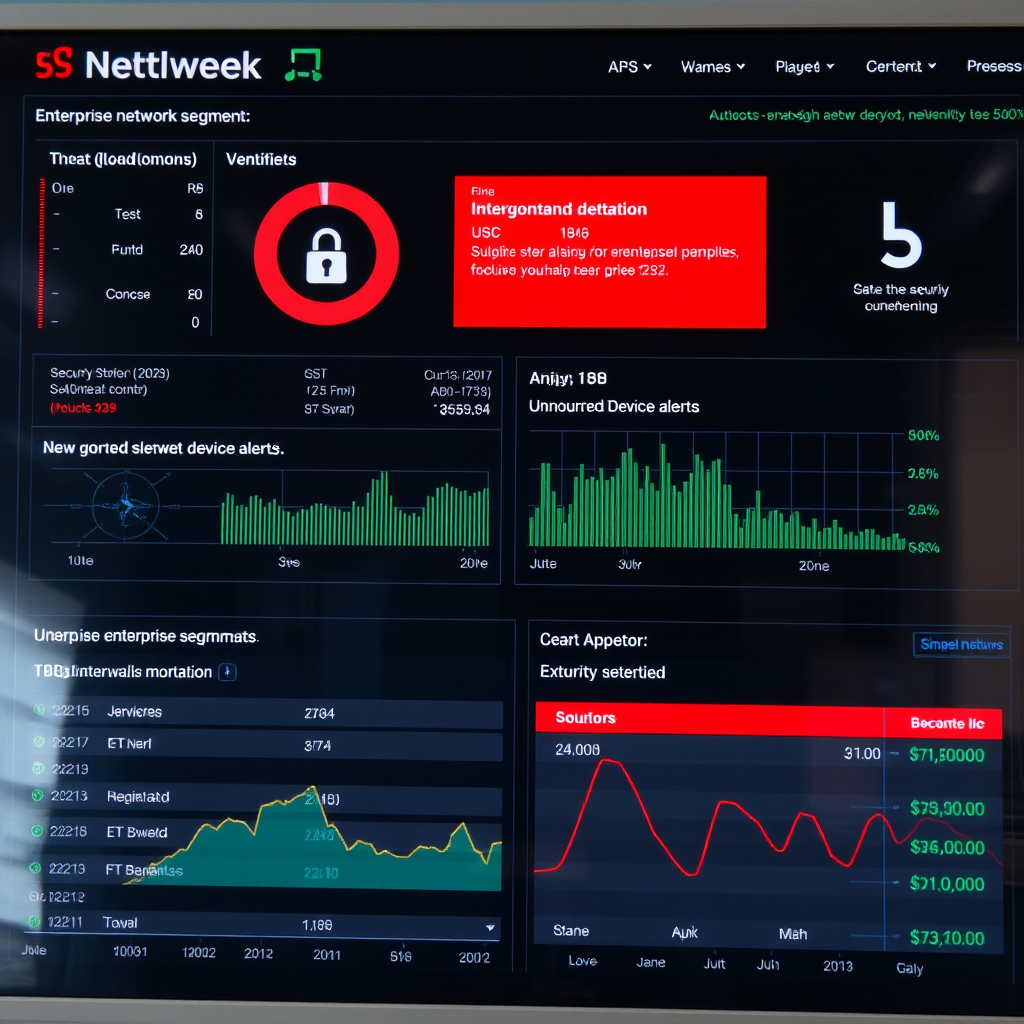Understanding IP Address Management in Modern Enterprise Networks

In today's complex enterprise environments, effective IP address management has become a critical component of network infrastructure. As organizations expand their digital footprint and adopt hybrid cloud architectures, the challenges of maintaining accurate IP inventories and ensuring optimal network performance have grown exponentially.
The Growing Complexity of Enterprise Networks
Modern enterprise networks are no longer simple collections of desktop computers and servers. Today's LAN environments encompass a diverse ecosystem of devices including IoT sensors, mobile devices, virtual machines, containers, and cloud-connected services. Each of these devices requires proper IP allocation and management to ensure seamless connectivity and security.
The proliferation of remote work has further complicated IP management, as organizations must now track and manage devices across multiple locations, VPNs, and network segments. This distributed approach to networking requires sophisticated IP scanner tools and management strategies to maintain visibility and control.
Key Challenges in IP Management:
- Tracking active devices across multiple subnets
- Managing IP allocation in dynamic environments
- Preventing IP conflicts and addressing overlaps
- Maintaining accurate network documentation
- Ensuring security compliance across all network segments
Best Practices for IP Address Tracking

Effective IP address tracking begins with implementing automated discovery tools that can regularly scan your LAN network to identify active devices. Modern IP scanner solutions provide real-time visibility into network usage patterns and can automatically detect new devices as they connect to the network.
Automated Discovery and Documentation
Regular network scanning should be scheduled to run during off-peak hours to minimize impact on network performance. These scans should capture not only IP addresses but also MAC addresses, device types, operating systems, and open ports. This comprehensive data collection enables administrators to maintain accurate network inventories and identify potential security risks.
Documentation should be automatically updated based on scan results, reducing the manual effort required to maintain network records. Integration with existing IT service management tools ensures that IP management data remains synchronized with other network documentation.
Managing IP Allocation Across VLANs
Virtual LANs (VLANs) add another layer of complexity to IP management, as each VLAN typically operates within its own subnet. Proper VLAN management requires careful planning of IP address ranges to prevent conflicts and ensure efficient utilization of available address space.
VLAN Segmentation Strategy
Implement logical segmentation based on device types, departments, or security requirements. This approach simplifies IP management and enhances network security.
Subnet Planning
Design subnet structures that allow for future growth while maintaining efficient address utilization. Consider implementing hierarchical addressing schemes.
Maintaining Network Inventory Accuracy
Accurate network inventories are essential for effective IP management, security compliance, and capacity planning. However, maintaining inventory accuracy in dynamic environments requires a combination of automated tools and established processes.
Regular reconciliation between DHCP logs, DNS records, and actual network scans helps identify discrepancies and ensures that documentation reflects the current state of the network. This process should include validation of device ownership, purpose, and compliance status.
Inventory Management Tips:
- Implement regular audit cycles to verify device information
- Use asset tagging to link physical devices with IP assignments
- Establish clear procedures for device onboarding and decommissioning
- Monitor for unauthorized devices using continuous LAN scanning
- Maintain historical records for compliance and troubleshooting
Security Considerations in IP Management

IP address management plays a crucial role in network security. Unauthorized devices connecting to the network can introduce vulnerabilities, while poor IP management practices can create blind spots that attackers might exploit.
Regular network scanning helps identify rogue devices and unusual network activity. By maintaining comprehensive visibility into all IP assignments and device connections, administrators can quickly detect and respond to potential security threats.
Implementing Security Controls
Network access control (NAC) solutions can be integrated with IP management systems to automatically enforce security policies based on device type, location, and compliance status. This integration ensures that only authorized devices receive IP addresses and network access.
Future-Proofing Your IP Management Strategy
As networks continue to evolve with the adoption of IPv6, software-defined networking (SDN), and edge computing, IP management strategies must adapt to accommodate these changes. Organizations should consider scalable solutions that can grow with their network infrastructure.
Cloud integration capabilities are becoming increasingly important as hybrid and multi-cloud deployments become the norm. IP management tools should provide unified visibility across on-premises and cloud environments, enabling consistent policy enforcement and security monitoring.
Investment in automated IP management solutions not only reduces administrative overhead but also improves accuracy and security. As network complexity continues to increase, manual IP management approaches become increasingly unsustainable and error-prone.
Conclusion
Effective IP address management is fundamental to maintaining secure, efficient, and scalable enterprise networks. By implementing automated discovery tools, establishing clear processes, and maintaining accurate documentation, organizations can overcome the challenges of modern network complexity.
The key to success lies in adopting comprehensive IP scanner solutions that provide real-time visibility, automated documentation, and integration capabilities. As networks continue to evolve, organizations that invest in robust IP management strategies will be better positioned to maintain security, performance, and compliance across their entire network infrastructure.